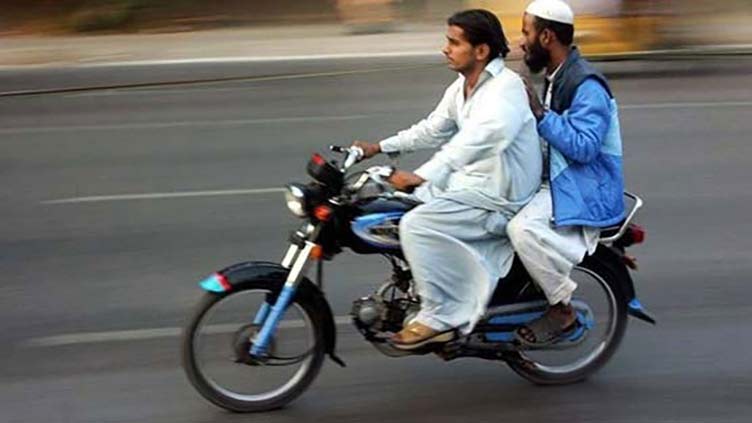On the 9th and 10th of Muharram, the Punjab Home Department has begun to contemplate outlawing pillion riding throughout the province. For security reasons, the Home Department has begun considering the possible deployment of Army and Rangers forces in several province districts. Regarding the deployment of Army and Rangers soldiers, the Home Department also requested proposals from district police officers and deputy commissioners.
On the ninth and tenth of Muharram, the Punjab Home Department is considering outlawing pillion riding across the province.In addition to the potential ban, the Home Department is thinking of deploying Army and Rangers personnel in various locations to ensure heightened security throughout Muharram.To facilitate this process,
The Department has requested suggestions from deputy commissioners and district police officers regarding the best ways to assign Army and Rangers members to their respective regions. This operation aims to maintain public order and enhance security measures during the Muharram holy days.The Sindh government outlawed pimp riding during Ashura.
To stop the coronavirus from spreading, Punjab Chief Minister Usman Buzdar declared a lockdown for the following 14 days over the entire province. After presiding over a high-level meeting to deliberate the actions being undertaken by the provincial administration to combat the epidemic, he was speaking at a press conference in Lahore. He had stated that while markets, shopping centres, and public areas would be shuttered during the lockdown, everyday routine shops and medical supply stores would be open.
The prohibition does not apply to families, senior citizens, journalists, or government officials. According to sources, the Punjab Rangers and the Pakistan Army would station 100 companies around Punjab to provide security during Muharram. The Punjab Home Department has formally applied to the relevant authorities for the deployment of army and Rangers units, with the goal of placing Pakistan Army and Rangers forces in the most vulnerable locations.


Comments are closed, but trackbacks and pingbacks are open.